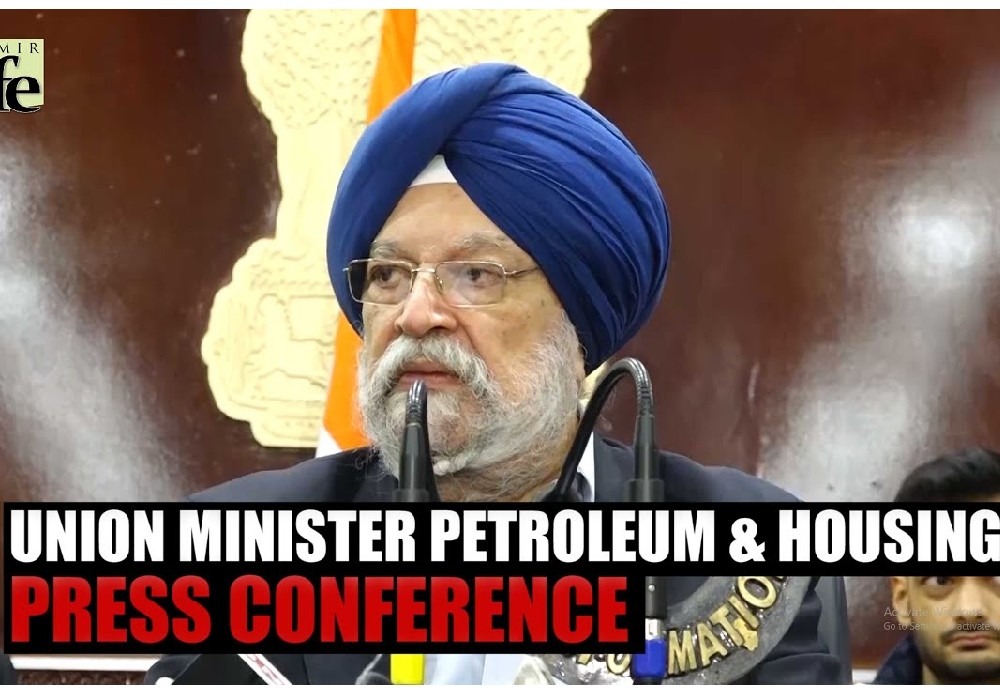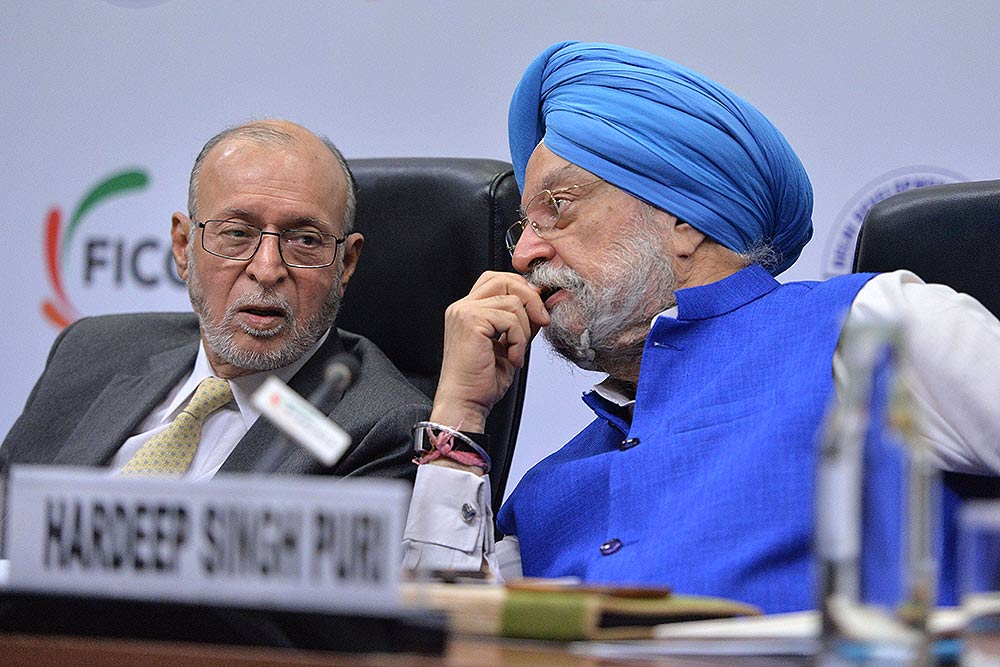The Japanese model of garbage disposal holds valuable lessons for India
Japan’s capital Tokyo generated 4.9 million tonnes in 1989. It was down to 2.7 million tonnes in 2014.
New Delhi: Union minister for housing and urban affairs Hardeep Singh Puri Tuesday said he will encourage ministry officials to examine Japan’s scientific methods of disposing of solid waste. He also said he is confident of seeing India dispose all of its solid waste using scientific methods in a few years.
For India, waste management is a serious issue with the amount of waste generated increasing rapidly. In 2001, urban India generated 31.6 million tonnes of waste. In 2017 it generated 47.3 million tonnes. It’s predicted to rise to 161 million tonnes by 2041, a five-fold increase in four decades.
So why Japan?
Only about one-eighth (12.5 per cent) of the waste generated in Tokyo goes to the landfills, while the rest is incinerated. Tokyo, a city with a population of over 13.5 million, generated just 2.7 million tonnes of waste in 2014, down from 4.9 million in 1989. A key to efficient processing of garbage though is the meticulous sorting of garbage.
Japanese citizens are given guides on how to sort their garbage. These guides are about 27 pages long and specify how to sort over 500 items into different categories. The categories for household garbage include burnable, non-burnable and recyclable items.
Garbage trucks collect the segregated waste from households at different intervals. Burnable items are collected twice a week, non-burnable items once a fortnight and recyclables once a week.
Burnable items
Garbage trucks unload burnable items at one of the 19 incineration plants in the heart of Tokyo. The garbage is first weighed and then dumped in a bunker which has the capacity to hold trash for many days. It is then diverted to a furnace where the trash is burned at very high temperatures of 850 to 950 degree Celsius.
Exhaust gases from the combustion are cooled and treated before being released into the air. The ash that remains is often used to make construction materials like cement and pavement blocks. The heat generated in the plants is used to generate electricity mainly for residential consumption.
Non-burnable items
Trash which cannot be incinerated is processed in separate plants. These plants have equipment like rotary crusher machines, that chop up waste into bits.
Metallic trash is segregated using magnets and is sold after blocks of specific metals are made. Large-sized trash like furniture is also brought to these plants where they are pulverized and then burnt, or sent to the landfill.
Unlike India, where landfills are unmanageable mountains of garbage, Japan’s landfills conceal waste under the soil.
Recyclables
Recycling centers, that are mostly private enterprises, either collect the recyclable waste from the city or place plastic crates on streets where people are advised to keep recyclable waste. Some incineration plants have attached recycle centres.
The recycling centers in Tokyo recycle glass containers, PET bottles, aluminum cans and containers, paper packaging, corrugated cardboard and food trays.

देश में एक करोड़ यात्री प्रतिदिन कर रहे हैं मेट्रो की सवारी: पुरी ..

Union Minister for Petroleum and Natural Gas and Housing and Urban Affairs, Hardeep Singh Puri addressing a press conference in ..

Joint Press Conference by Shri Hardeep Singh Puri & Dr Sudhanshu Trivedi at BJP HQ| LIVE | ISM MEDIA ..
(3).jpg)
"I wish a speedy recovery to former Prime Minister Dr Manmohan Singh Ji. God grant him good health," Puri wrote. ..